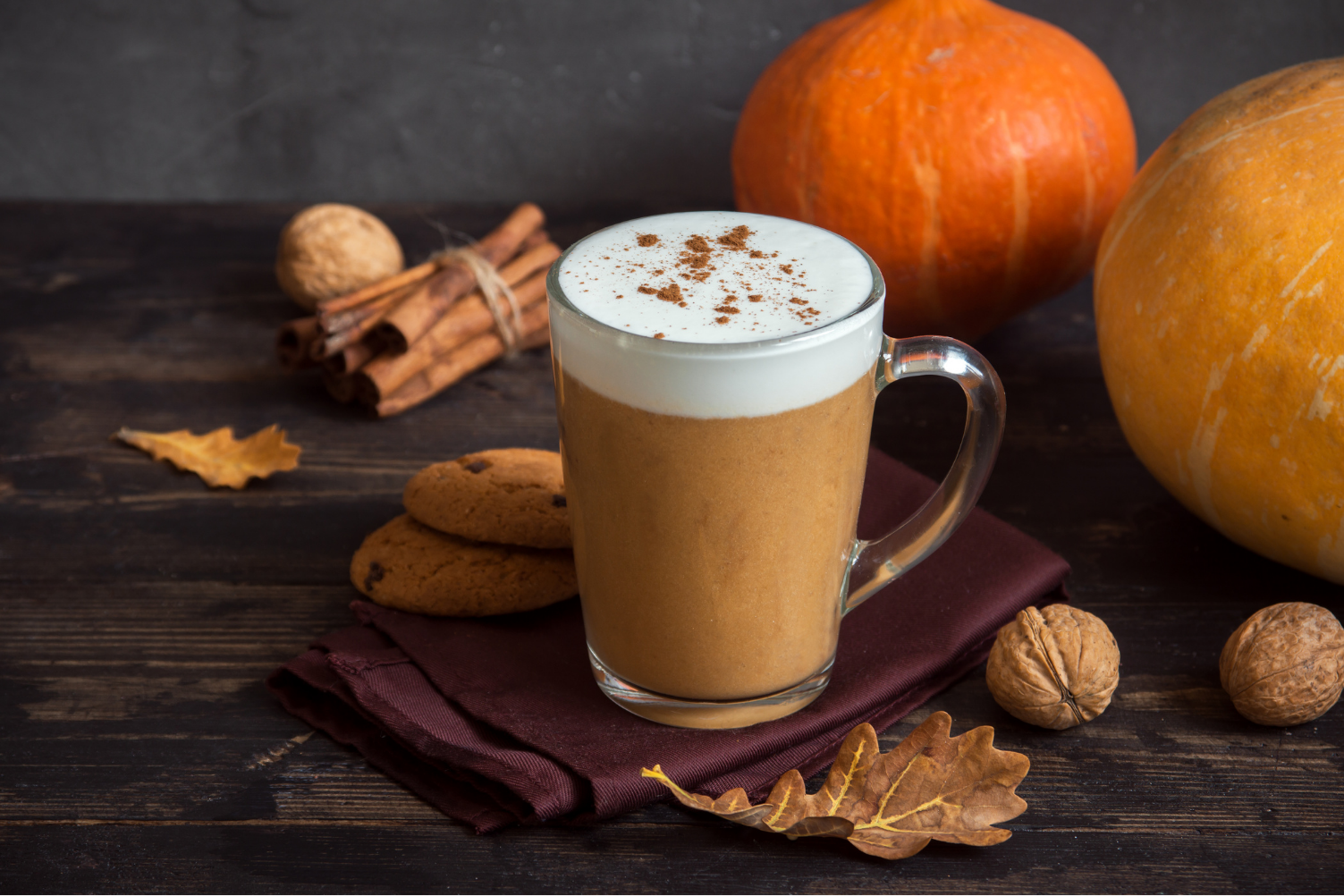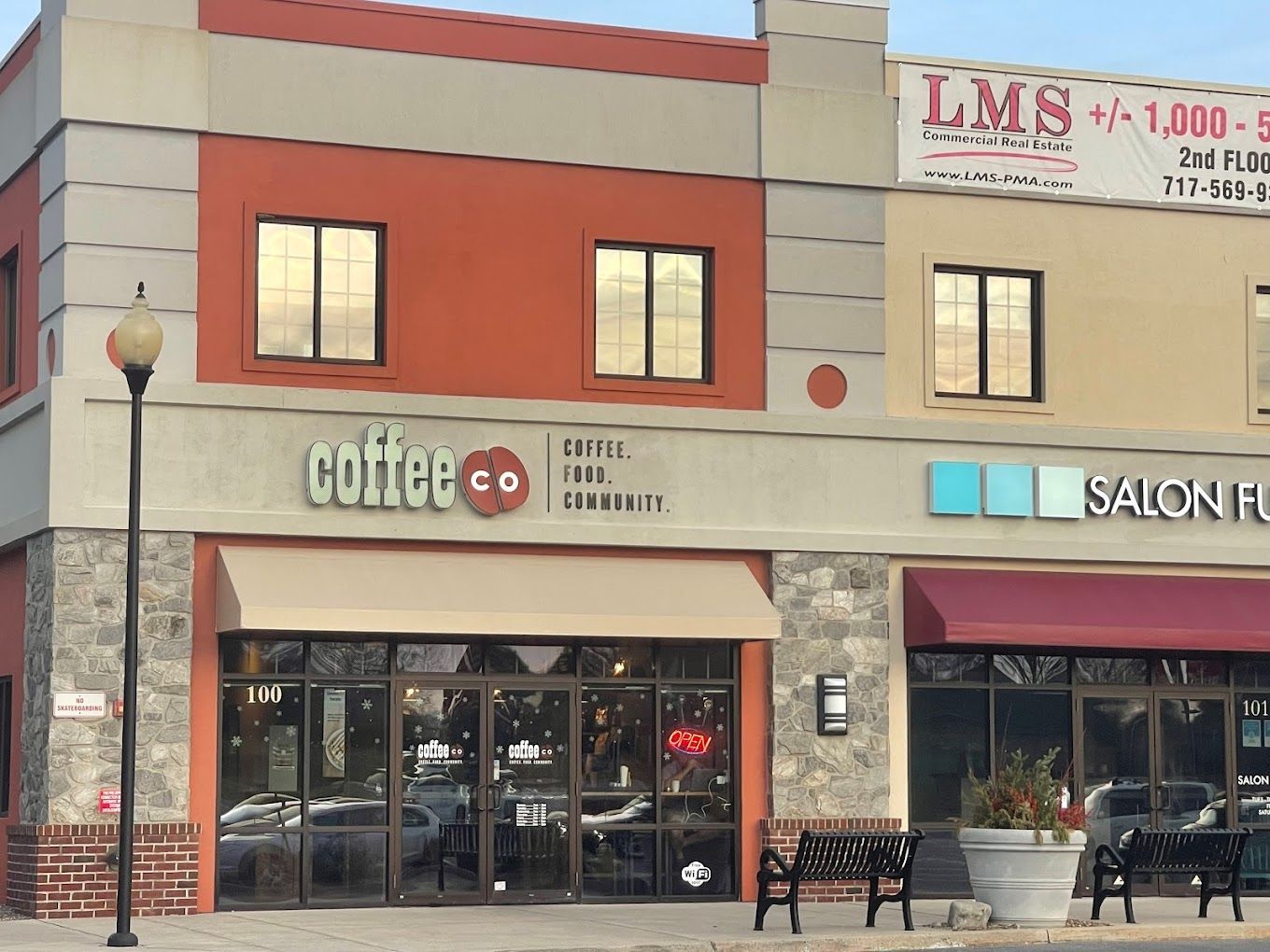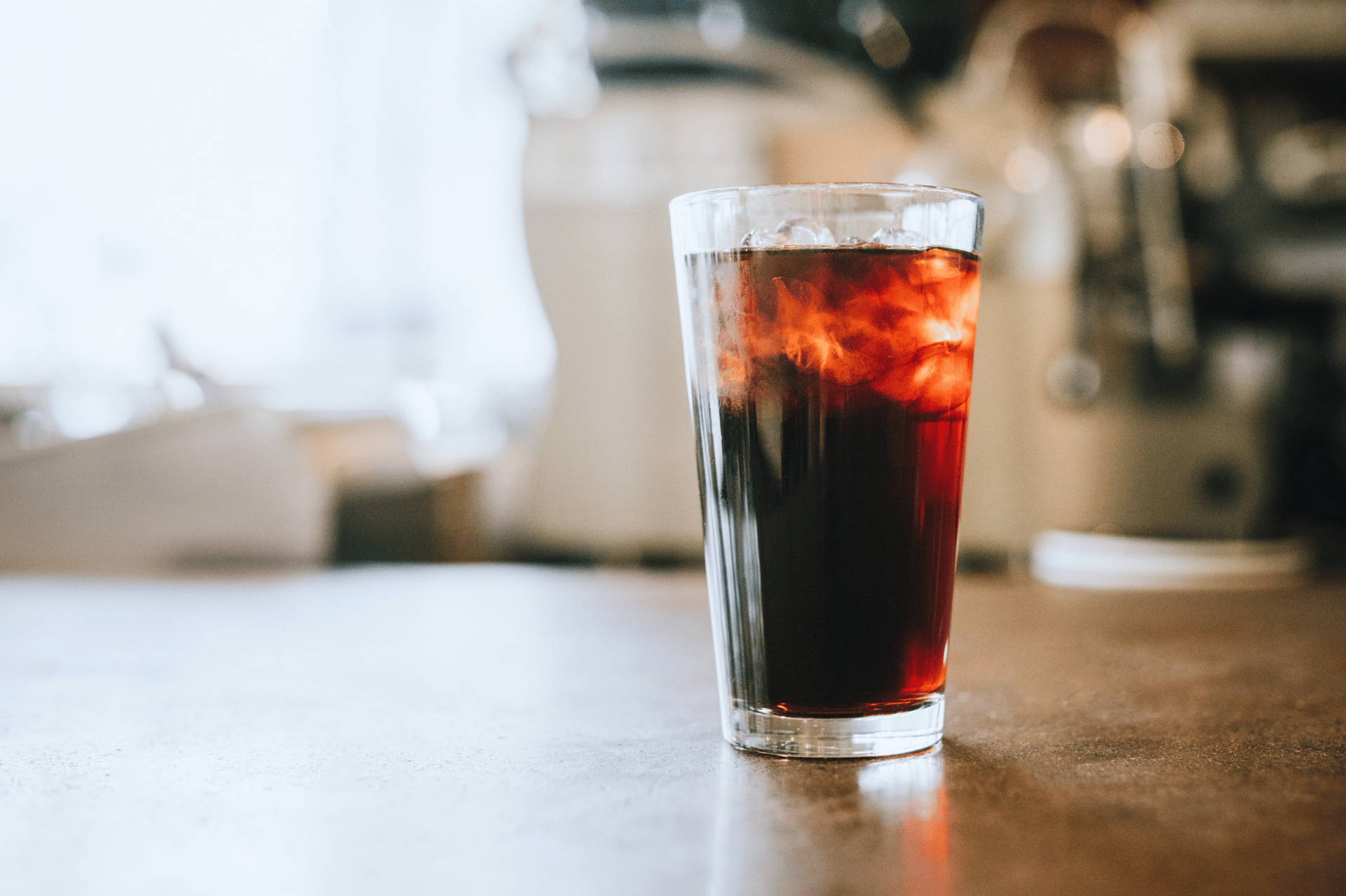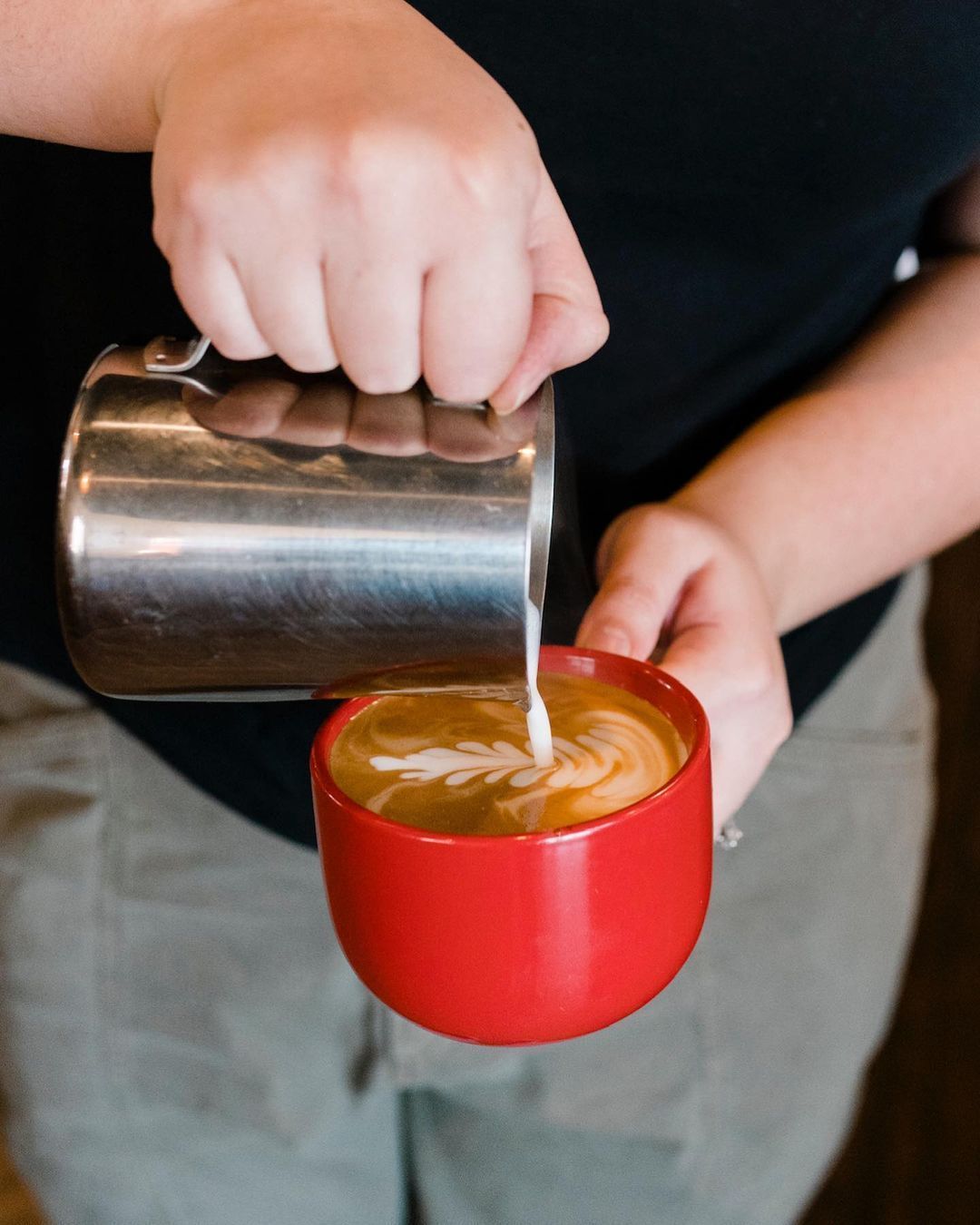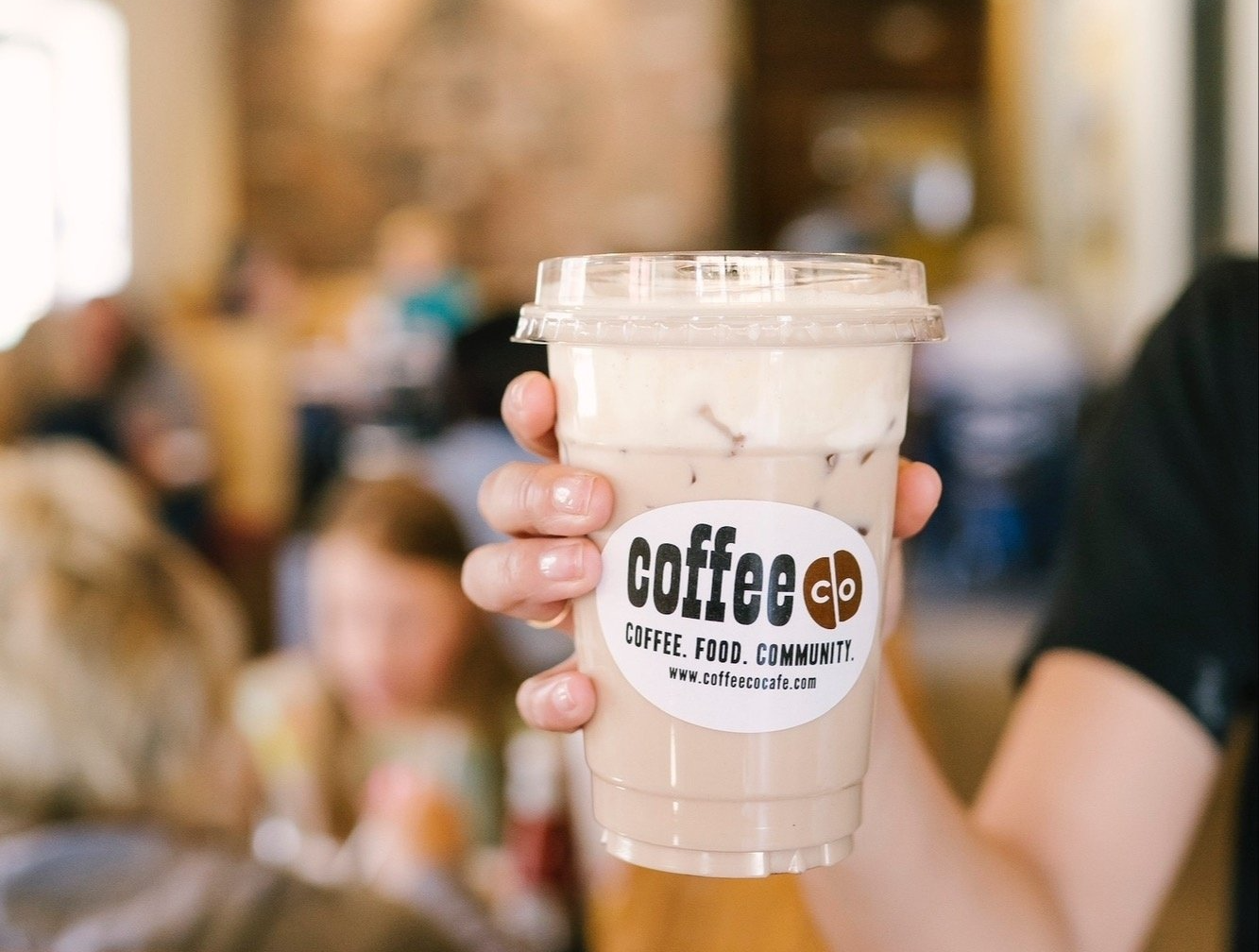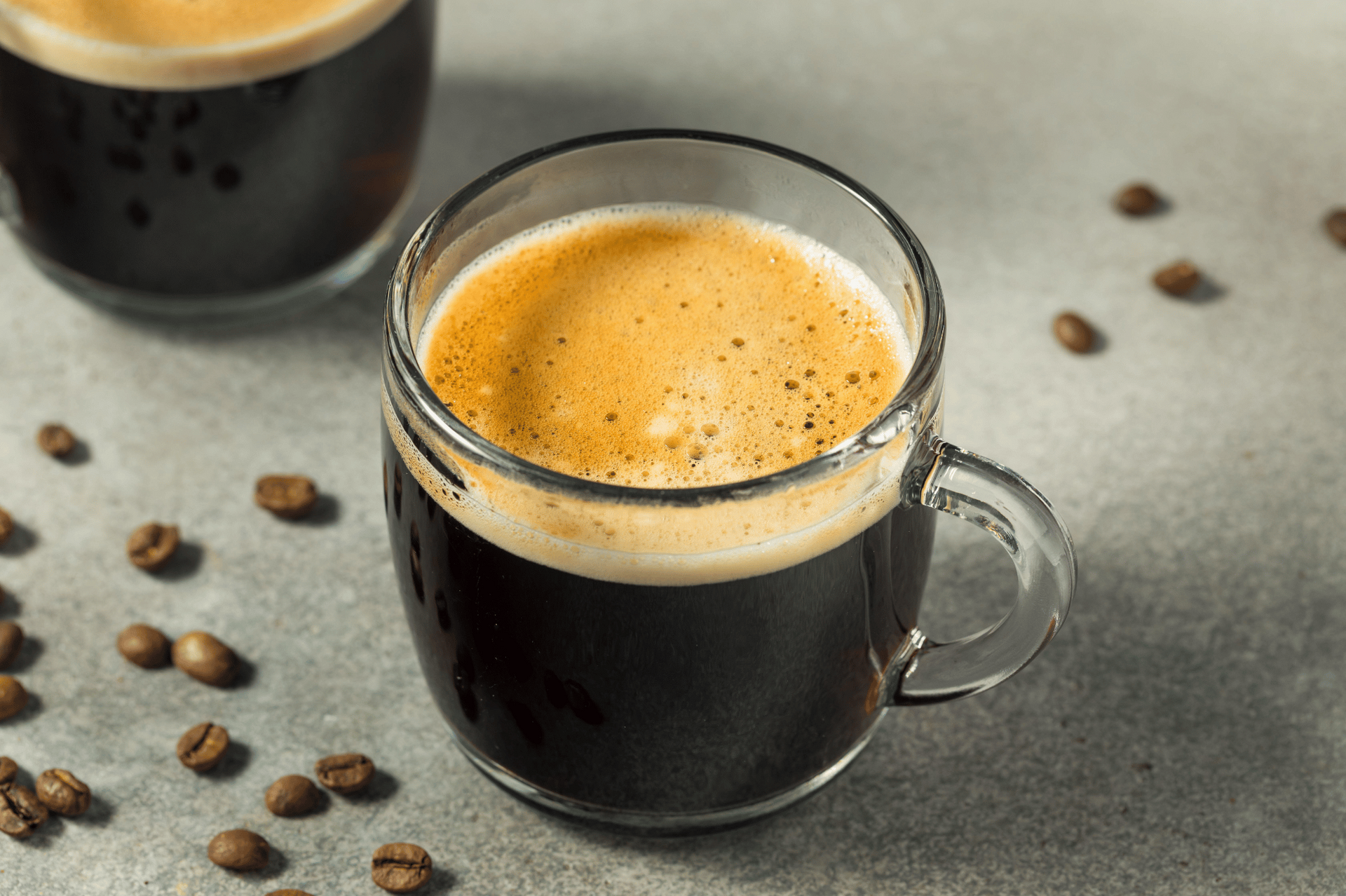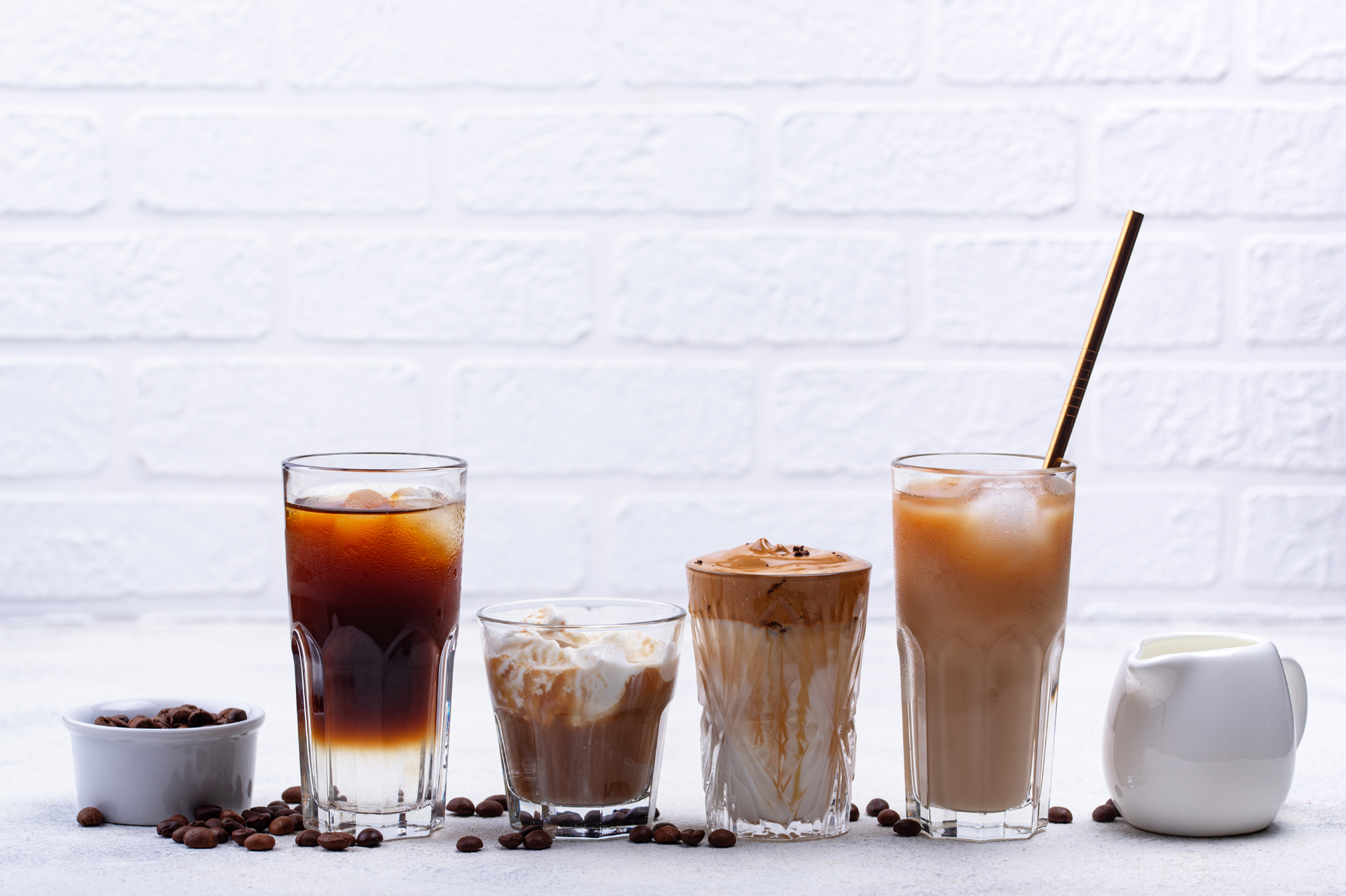
New Paragraph
Coffee cultivation and harvesting are the crucial first steps in the journey of coffee from bean to cup. This intricate process lays the foundation for the flavors and aromas we enjoy in our daily brew. In this article, we'll delve deeper into the specifics of coffee cultivation and harvesting, exploring the techniques and practices that contribute to producing high-quality coffee beans.
For a comprehensive look at the entire journey of coffee from bean to cup, check out our main article here.
1. Ideal Growing Conditions
Coffee plants thrive in specific climatic conditions, often referred to as the "coffee belt." This region lies between the Tropics of Cancer and Capricorn and includes countries like Brazil, Colombia, Ethiopia, and Vietnam. The key factors for ideal coffee growing conditions include:
- Altitude: Coffee plants flourish at higher altitudes, typically between 2,000 to 6,000 feet above sea level. The cooler temperatures at these elevations slow the maturation of the coffee cherries, allowing the beans to develop more complex flavors.
- Climate: Consistent rainfall, mild temperatures (60-70°F), and well-defined wet and dry seasons are essential for healthy coffee plants. Excessive heat or cold can stress the plants and affect bean quality.
- Soil: Rich, well-drained soils with good organic content provide the necessary nutrients for coffee plants. Volcanic soils are particularly favorable due to their mineral richness.
2. Types of Coffee Plants
There are two primary species of coffee plants cultivated for commercial production:
- Arabica (Coffea arabica): Known for its smooth, complex flavors and lower caffeine content, Arabica is the most popular coffee species. It is typically grown at higher altitudes and requires more care due to its susceptibility to pests and diseases.
- Robusta (Coffea canephora): Robusta beans are known for their strong, bold flavors and higher caffeine content. These plants are hardier and can thrive at lower altitudes, making them easier to cultivate.
3. Planting and Care
The cultivation process begins with planting coffee seedlings in nurseries. Once they are strong enough, they are transplanted to coffee farms, where they are spaced to allow for adequate sunlight and airflow. Key aspects of coffee plant care include:
- Pruning: Regular pruning helps maintain plant health and productivity by removing dead or diseased branches and encouraging new growth.
- Shade Management: Providing shade can protect coffee plants from excessive sunlight and temperature variations. Shade trees also contribute to biodiversity and soil health.
- Fertilization: Organic or inorganic fertilizers supply essential nutrients to the plants, promoting healthy growth and bean development.
- Pest and Disease Control: Integrated pest management techniques help control pests and diseases without relying heavily on chemical pesticides, preserving the environment and coffee quality.
4. Flowering and Cherry Development
Coffee plants typically flower once or twice a year, depending on the region. The flowers are white and fragrant, attracting pollinators. After pollination, the flowers give way to green coffee cherries, which gradually ripen over several months.
The ripening process varies, with cherries often turning red or yellow when ready for harvest. The time from flowering to harvest can range from six to nine months, influenced by factors like altitude and climate.
5. Harvesting Techniques
Harvesting is a labor-intensive process, crucial for ensuring high-quality coffee beans. There are two primary harvesting methods:
- Selective Picking: Skilled workers hand-pick only the ripe cherries, leaving unripe ones to mature. This method ensures the highest quality beans but is time-consuming and labor-intensive.
- Strip Picking: All cherries on a branch are harvested simultaneously, regardless of ripeness. This method is faster and less costly but can result in lower quality due to the inclusion of unripe or overripe cherries.
In some regions, mechanical harvesters are used, especially on flat terrain. However, hand-picking remains the preferred method for specialty coffee producers due to its precision.
6. Post-Harvest Processing
Once harvested, the cherries must be processed quickly to prevent spoilage. This step involves removing the pulp and other layers to reveal the coffee beans. There are two main processing methods:
- Dry (Natural) Processing: Cherries are spread out in the sun to dry. This method imparts fruity and complex flavors to the beans.
- Wet (Washed) Processing: Cherries are pulped to remove the outer skin, then fermented to remove the mucilage. The beans are washed and dried, producing cleaner, brighter flavors.
By understanding the detailed process of coffee cultivation and harvesting, we can better appreciate the effort and expertise that go into every cup. For more on the entire journey of coffee, including milling, roasting, and brewing, visit our article from last month.
CoffeeCo: Bringing the World’s Best Coffee to You
At CoffeeCo, we are passionate about sourcing and serving the finest coffee from around the world. Our commitment to quality ensures that every cup of coffee you enjoy at CoffeeCo embodies the rich flavors and intricate journey of each bean. We partner with ethical and sustainable coffee producers to bring you a diverse selection of coffee that highlights the best each region has to offer.
We invite you to visit one of our CoffeeCo locations to experience our exceptional coffee for yourself. Whether you're looking for a cozy spot to enjoy a latte, a quick espresso to go, or a bag of freshly roasted beans to brew at home, our friendly baristas are here to provide you with an unforgettable coffee experience.
Come and explore the journey of coffee at CoffeeCo – where every cup tells a story. We look forward to welcoming you soon!


